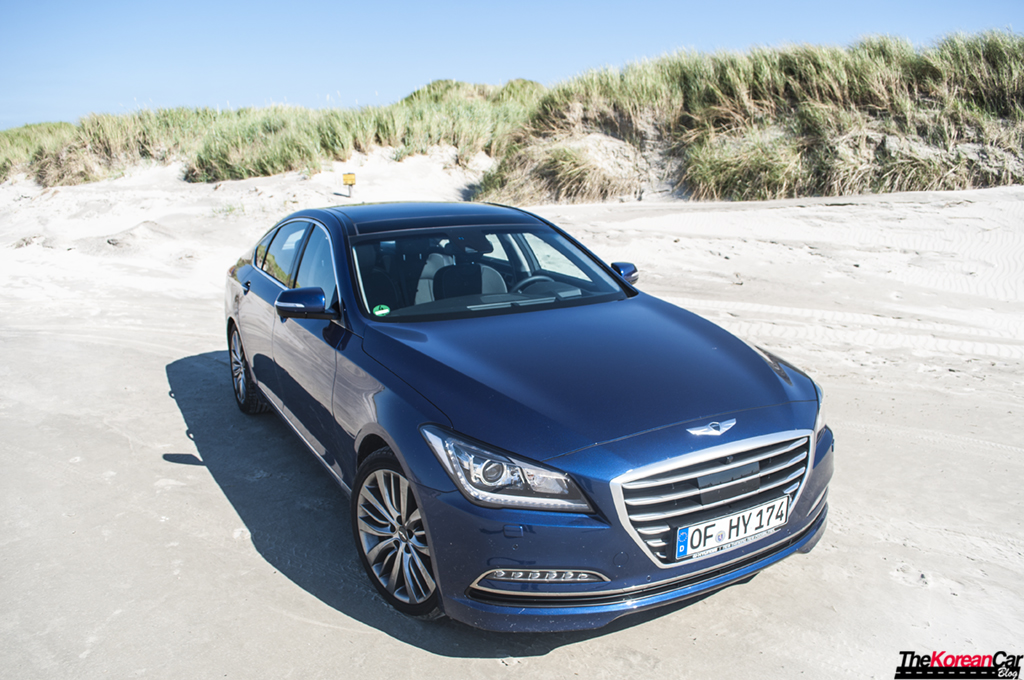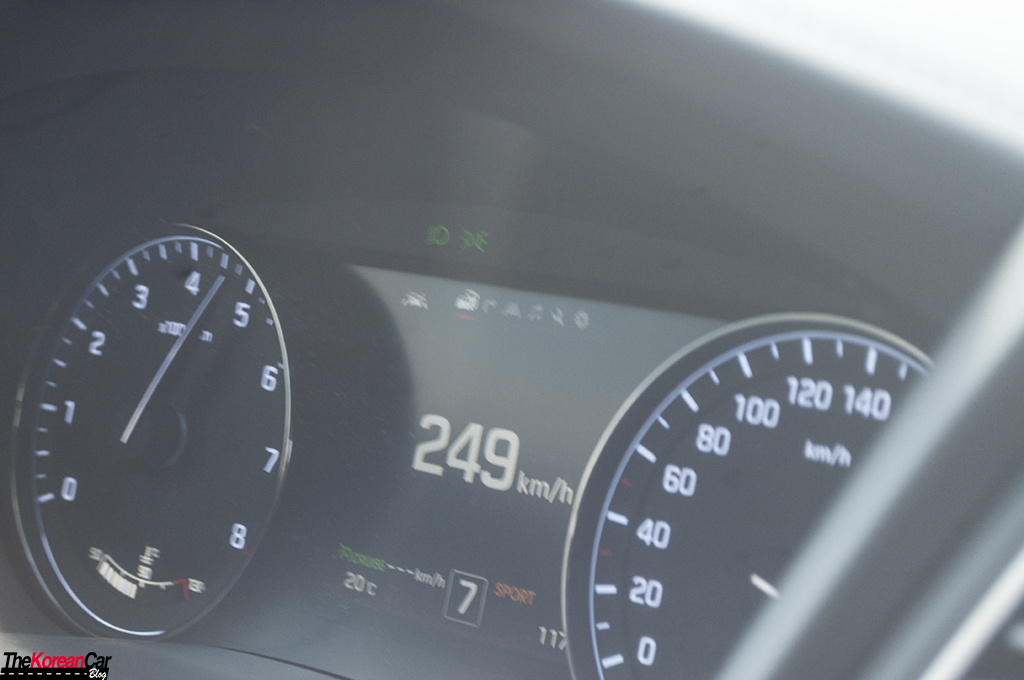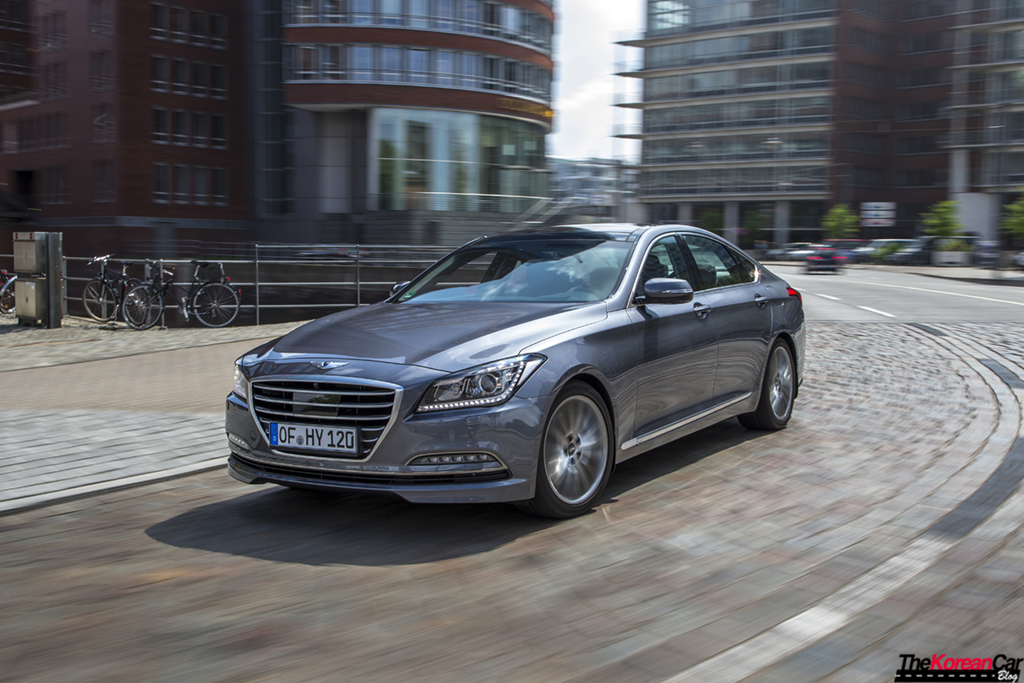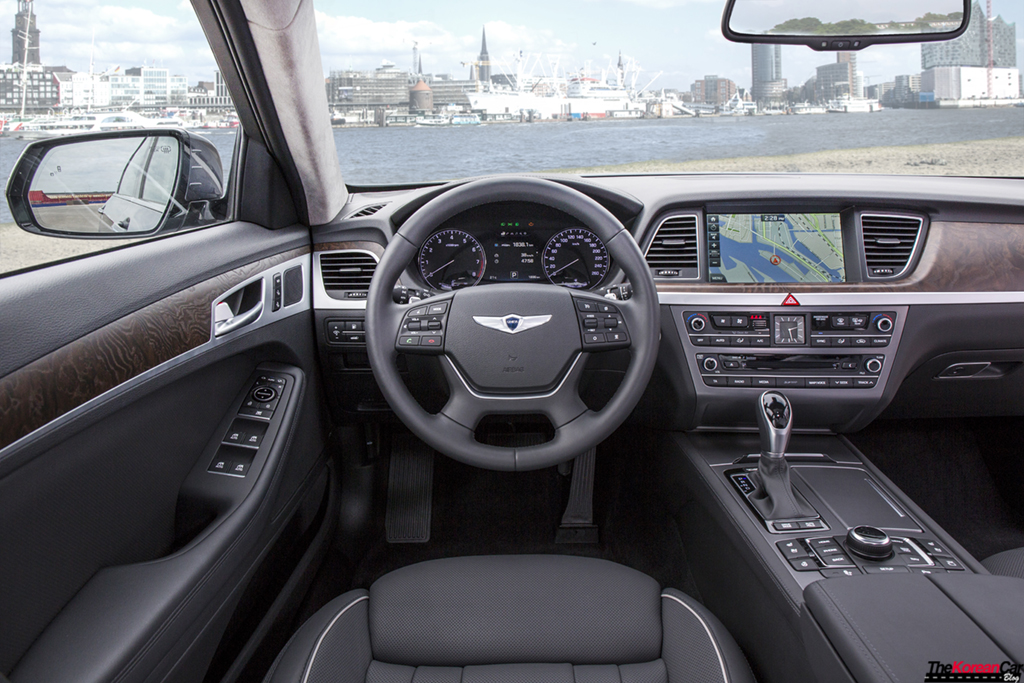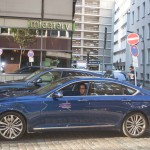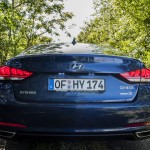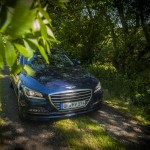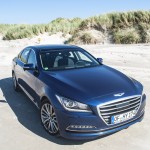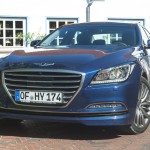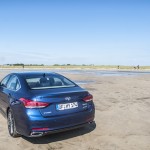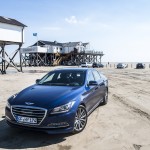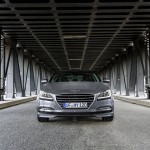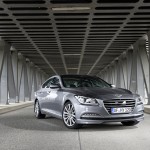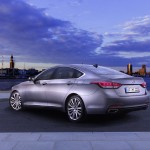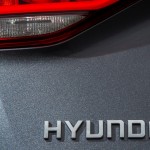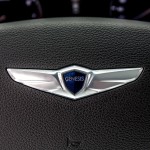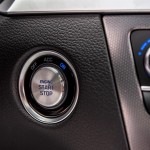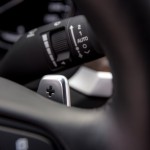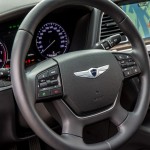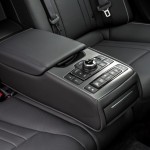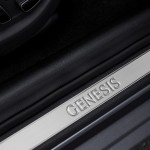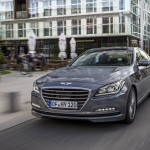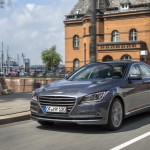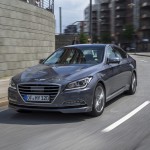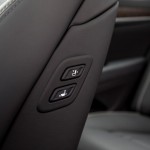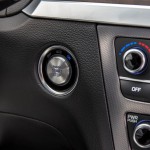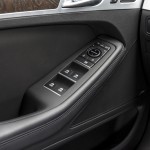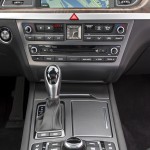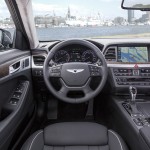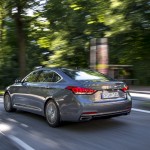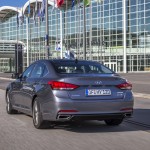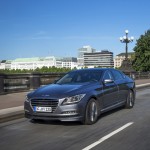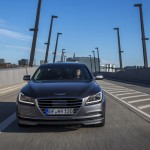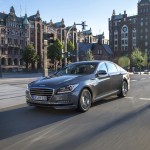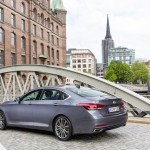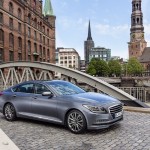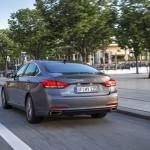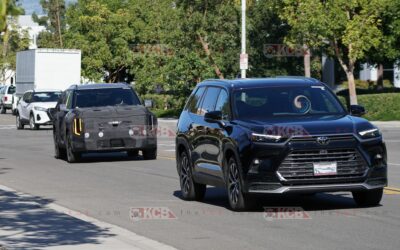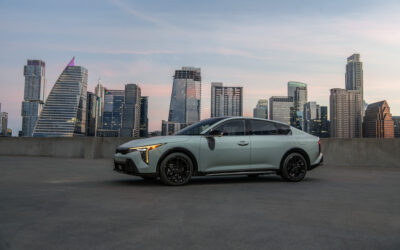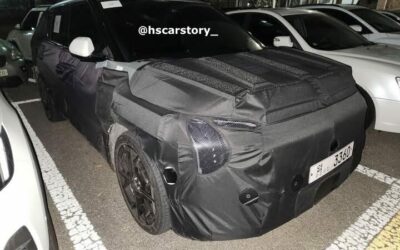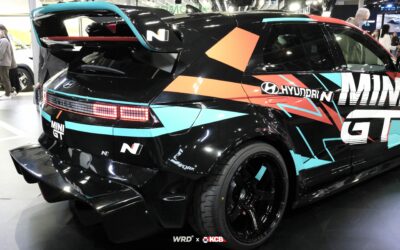Hyundai has decided to introduce his all-new flagship saloon into the European-market, until now the Genesis only was available in the U.S. and South Korean markets. The Hyundai Genesis marks a milestone into South Korean brand European operation strategy.
[ads id=”0″ style=”float:left;padding:9px;”]For the first time ever, Hyundai entry into the European premium-luxury sedans segment with high quality sedan fitted with a competitive price, 67,750 euros. Looking into their german rivals, is cheapest than a BMW 7-series, Audi A8, Volkswagen Phaeton or Mercedes S-Class. Versus these models, the Genesis price could be around 40,000 euros lower (with similar equipment). The high quality interior, technology and complete equipment are its strengths.
To fight into the European market, Hyundai will offer the Genesis with a 3.8 gasoline direct injection V6 engine fitted with a 8-speed in-house automatic transmission with paddle shifters. Delivering 315 hp, and a torque of 397 Nm, the total speed is 240 km/h (we put the pedal to the metal and achieve 249 km/h in the AutoBahn 🙂 ). Maybe the success into the European market will be subject to availability of a diesel engine, but Hyundai members told me that there are no plans to launch a Genesis diesel.
Quiet & Comfortable
Driving the Genesis through the famous AutoBahn’s without speed limits, the Genesis it’s very quiet, not even engine sound (until you select “Sport” and you step on the accelerator), or aerodynamics, rolling noise break the interior quiet clearly showing the evolution in quality than the Korean brand is imposing on their products, here at its best (you can see this just entering the car). The first kilometers confirms this feeling. All-New Genesis has a three-way selectable driving modes (Normal, Eco and Sport), we choosed “Sport” most of the time.
I liked too the HTRAC all-wheel drive system, developed with Magna Powertraing, the system helps the Genesis to feel glued to the road in any circumstances. Also in pure acceleration HTRAC works so good avoiding wasting powerful. Alongside the HTRAC, Hyundai developed a new platform using 51,5% of high-strength low-alloy steel to make the car more stiff.
The suspension and steering have been specifically tuned in European Nurburgring-Nordschleife track in association with Lotus engineering and adapted to the European preferences, very different than the North-American roads.
The new rear suspension helps the Genesis to cope with an excellent guide. I also liked its eight-speed automatic transmission developed in-house, which is fast and very progressive. The always smooth and pleasant braking, he can be blunt if necessary.
Interior
Inside, the highlights are the big space for passengers, but also the interior, with high quality materials (wood, leather, real aluminum y and soft plastics wherever you touch) make clear the ability of Hyundai brand to improve its quality, very close to the standards set by premium German brands.
Looking outside and thanks to the new Fluidic Sculpture 2.0 design way, the Genesis has muscular and modern while elegant design. We are surprised own logo with two wings, extending its nose. Logo that is repeated in the center of the steering wheel, but nevertheless disappears in the rear to make way for the oval H common to the rest of the range. No other Hyundai is well recognized.
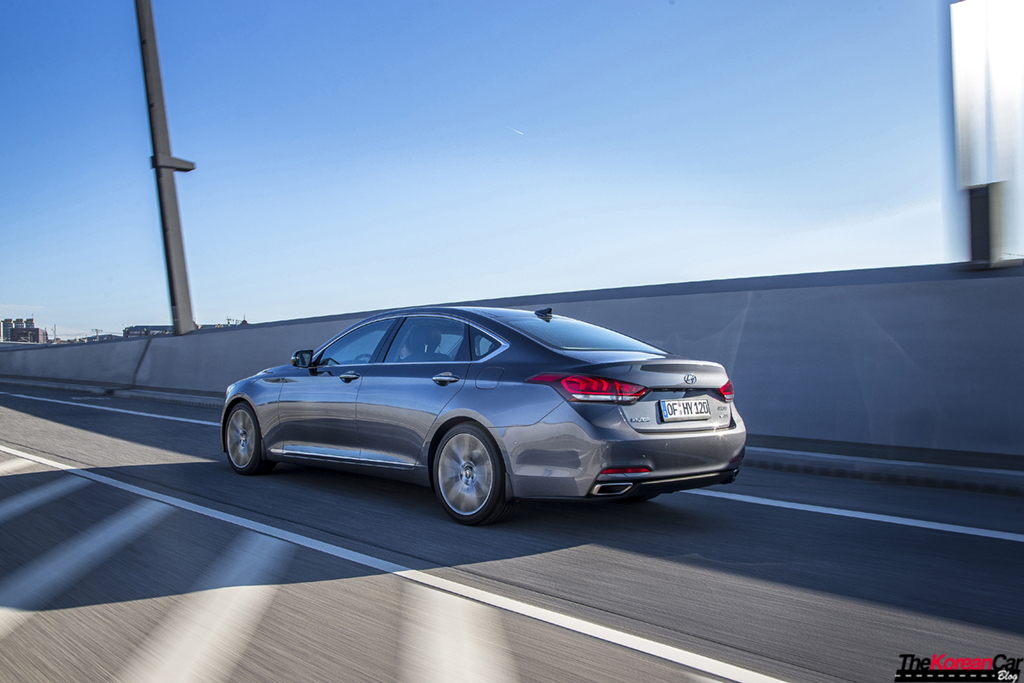
It also has different and very good functions, like the Smart Trunk, to open it you only need to put yourself behind the car with the key in your pocket, wait 3 seconds and ¡walaa! the trunk open automatically. There are also another feature, at this time we’ve never seen in another brand, it’s the Co2 sensor. This sensor measures the interior air quality and for avoid dizzy feel (so useful in highly polluted cities) can plug in the air conditioning system with Clean Air System.
Plus that, we can have available a lot of driving aids systems like the Lane Departure Warning System (LDWS), Lane Keep Assist System (LKAS), Tyre Pressure Monitoring System (TPMS), High Beam Assist (HBA) and also a Hyundai-first application of Automatic Emergency Braking (AEB), utilising sensor-fusion technology, helps to avoid potential collisions or reduce their impact. The system employs automatic braking whenever it detects unsafe closing speed to a vehicle in front. This system uses the Smart Cruise Control system and the on-board forward camera from the LDWS to provide this extra margin of safety.
The car I tested was a full-equipe model, including the Head-up Display (HUD), a transparent display that presents data on the windshield (very comfortable to control the speed, sound system and navigation without removing your eyes from the road) and the 8″-inch Navigation touchscreen system.
Conclusion
For me it was an awesome experience to drive this car, it is an excelent car with a great value for the money, nothing to envy to the German premium brands, but will be penalized for the lack of a diesel engine in a country where the sales of diesel luxury cars amount more than 70% of the share market.

